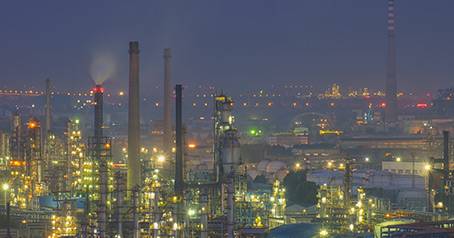දෙසැ. . 24, 2024 21:09 Back to list
HDPE Pipe Fittings for Efficient Irrigation Systems and Optimal Water Management Solutions
HDPE Irrigation Pipe Fittings An Essential Component for Efficient Irrigation
In today's agricultural landscape, efficient water management is key to maximizing crop yields and ensuring sustainable farming practices. One of the critical components of modern irrigation systems is High-Density Polyethylene (HDPE) irrigation pipe fittings. Known for their durability, flexibility, and resistance to corrosion, HDPE fittings have become a preferred choice for farmers and agricultural engineers alike. This article will explore the benefits, types, applications, and considerations of using HDPE irrigation pipe fittings in farming.
Advantages of HDPE Irrigation Pipe Fittings
1. Durability and Longevity HDPE is known for its high tensile strength and impact resistance, making it ideal for irrigation systems that need to withstand various environmental conditions. Unlike traditional metal fittings, HDPE does not corrode, rust, or degrade over time. This longevity translates to reduced replacement costs and lower maintenance needs.
2. Chemical Resistance Agricultural chemicals, fertilizers, and acidic soils can affect the integrity of irrigation systems. HDPE fittings are resistant to a wide range of chemicals, ensuring the longevity of the system even in challenging conditions.
3. Flexibility The flexibility of HDPE enables it to withstand ground movements, such as settling or freeze-thaw cycles. This adaptability reduces the risk of leaks and system failure, allowing for a more reliable irrigation process.
4. Ease of Installation HDPE fittings can be joined using various methods, including heat fusion and mechanical joining, which simplify the installation process. This ease of assembly is particularly advantageous for large-scale agricultural projects, where time and labor costs are critical considerations.
5. Environmental Impact HDPE is an environmentally friendly option, as it can be recycled and has a lower carbon footprint during production compared to other materials like PVC or metals. Additionally, by promoting efficient water usage, HDPE fittings contribute to sustainable farming practices.
Types of HDPE Irrigation Pipe Fittings
HDPE irrigation pipe fittings come in various types, each designed for specific applications within an irrigation system
1. Elbows Used to change the direction of the pipe, elbows are essential for navigating obstacles within the irrigation layout.
hdpe irrigation pipe fittings

3. Couplings Couplings are used to connect two sections of pipe, ensuring a secure and leak-free joint.
4. End Caps These fittings seal the end of a pipe length, which is useful for terminating a run of irrigation lines.
5. Adapters Adapters facilitate connections between different types of pipe materials, such as HDPE and PVC, thereby providing versatility in irrigation designs.
Applications of HDPE Irrigation Pipe Fittings
HDPE irrigation pipe fittings are used in various agricultural setups, including
- Drip Irrigation Systems These systems deliver water directly to the plant roots, allowing for precise water management and reducing wastage. - Sprinkler Systems HDPE fittings are integral to connecting sprinklers in both residential and large-scale farming applications. - Surface and Subsurface Irrigation The durability and flexibility of HDPE fittings make them suitable for both surface and subsurface irrigation systems, catering to diverse crop requirements.
Considerations When Choosing HDPE Irrigation Pipe Fittings
When selecting HDPE fittings for irrigation, consider factors such as pressure ratings, compatibility with existing systems, environmental conditions, and specific crop needs. Ensuring that the fittings meet the required standards and specifications will optimize irrigation efficiency and system longevity.
Conclusion
HDPE irrigation pipe fittings are a vital component of modern agricultural practices. Their durability, flexibility, and resistance to environmental factors make them an ideal choice for various irrigation systems. By understanding the advantages, types, applications, and considerations associated with HDPE fittings, farmers can make informed choices that enhance water management practices, ultimately leading to more sustainable and productive agriculture. As the demand for efficient water usage continues to rise, HDPE fittings will undoubtedly play a significant role in shaping the future of irrigation.
-
Durable PP Rigid Sheet: Lightweight, Chemical Resistant Solutions
NewsAug.21,2025
-
PVC Grey Sheet for Extraction: Chemical Resistant & Durable
NewsAug.19,2025
-
Durable PVC Pipe Fittings for Plumbing & Irrigation Needs
NewsAug.18,2025
-
HDPE Steel Belt Reinforced Spiral Corrugated Pipe | High Strength
NewsAug.17,2025
-
HDPE Pipe Fittings: Durable, Leak-Proof Solutions
NewsAug.16,2025
-
Premium CPVC Sheet: High-Temp & Chemical Resistant Solutions
NewsAug.15,2025

